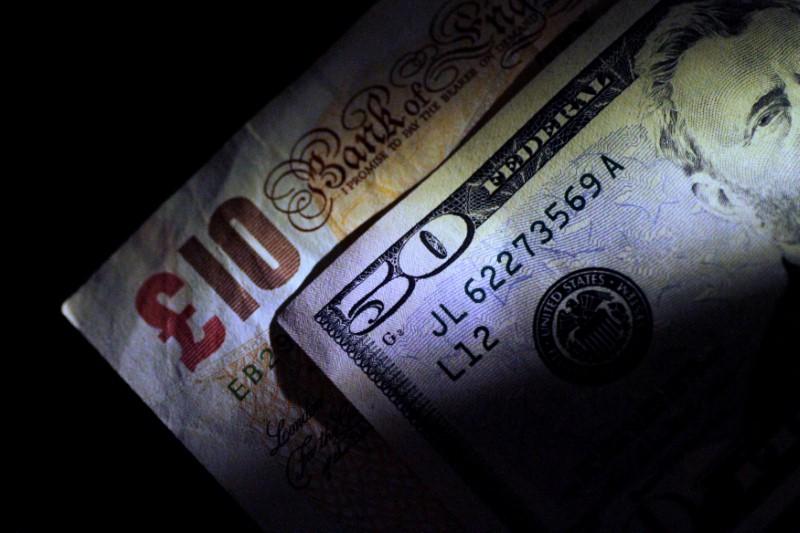Bill Holdings jumps amid reports payments firm is exploring potential sale
By Peter Nurse
Investing.com - The U.S. dollar soared in early European trade Monday, especially against the Japanese yen, as red-hot U.S. inflation data lifted Treasury yields at the start of a busy week for central banks.
At 2:50 AM ET (0650 GMT), the Dollar Index, which tracks the greenback against a basket of six other currencies, traded 0.4% higher at 104.430, climbing to the highest level in four weeks.
The dollar’s strength was shown most vividly against the Japanese yen, with USD/JPY up 0.3% to 134.79, having earlier climbed to 135.16, its highest since October 1998.
This follows Friday’s U.S. consumer price index for May rising to a new four-decade high of 8.6% on the year. This has raised the chances that the Federal Reserve will need to extend its series of 50bp rate hikes well into the third quarter and even potentially opening the door to a larger 75bp move at Wednesday’s policy-setting meeting.
The benchmark U.S. 10-year yield touched 3.2% early on Monday, having gained nearly 12 basis points on Friday, while the Bank of Japan confirmed earlier Monday it would buy Japanese government bonds on Tuesday as part of its policy to keep benchmark 10-year yields close to its 0% target.
The BoJ meets on Friday and its move to buy JGBs on Tuesday suggest that it is very likely to stick to its ultra-easy monetary policy stance.
“A phrase starting to be used more broadly amongst the central bank community is the need for 'more forceful' monetary tightening to address inflation,” said analysts at ING, in a note. “Central bankers driving real interest rates higher will be a continued headwind for risk assets and for pro-cyclical currencies (especially energy importers). This is a dollar positive environment.”
Elsewhere, EUR/USD fell 0.3% to 1.0486, continuing the weakness it suffered after Thursday’s European Central Bank meeting when the central bank confirmed it will end its long-running bond-buying scheme at the start of next month and start interest rates in July.
“The weak link was peripheral debt markets being left unprotected without sufficient news on anti-fragmentation support packages,” added ING. “But one also sensed that, as a pro-cyclical currency, the euro may not appreciate rate hikes as growth forecasts are cut.”
GBP/USD fell 0.4% to 1.2263, with sterling taking little support from expectations the Bank of England will raise rates once more on Thursday, after the U.K. economy slowed again in April, as industrial and manufacturing output slumped for a second straight month.
Gross domestic product fell 0.3% in April, much weaker than the 0.1% growth expected, while for the three months through April it grew only 0.2% after 0.8% in the previous three-month period.
The risk-sensitive AUD/USD fell 0.4% to 0.7025, while USD/CNY rose 0.4% to 6.7346 after Beijing announced on Sunday three rounds of mass testing as it saw new COVID-19 outbreaks.
